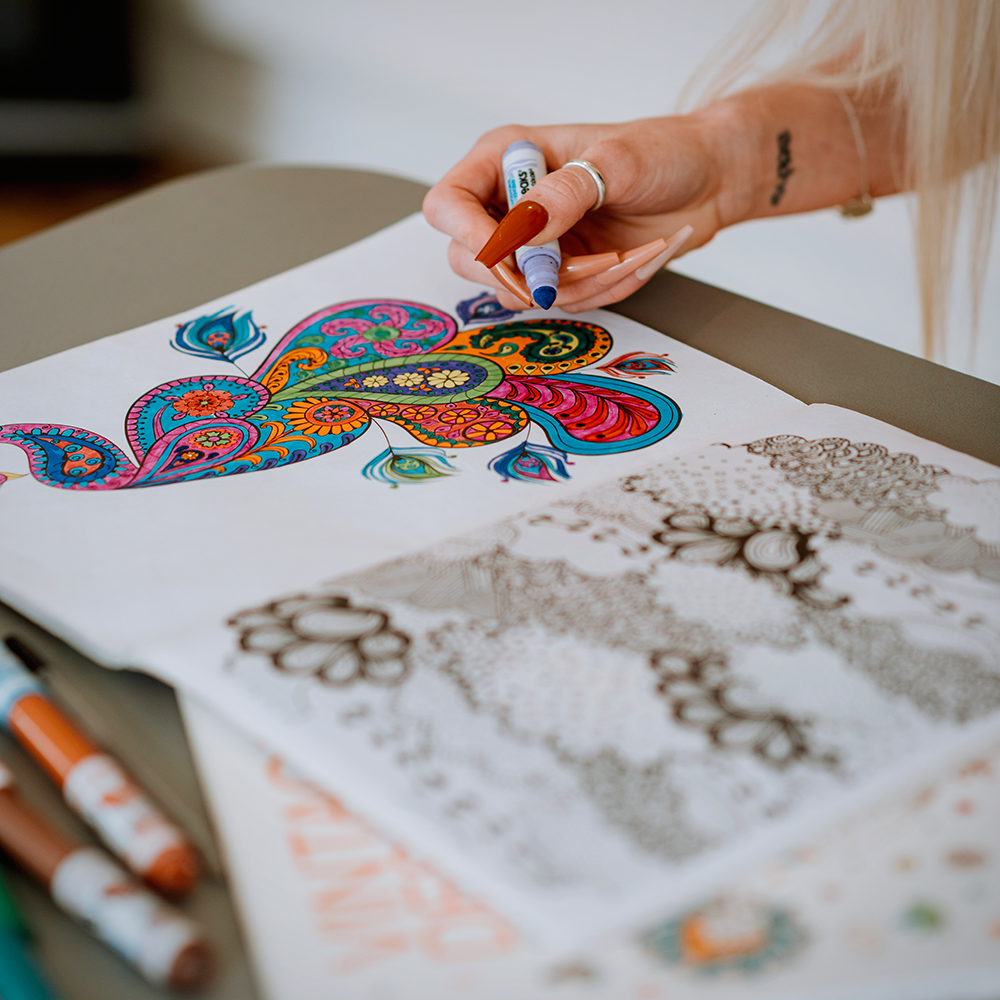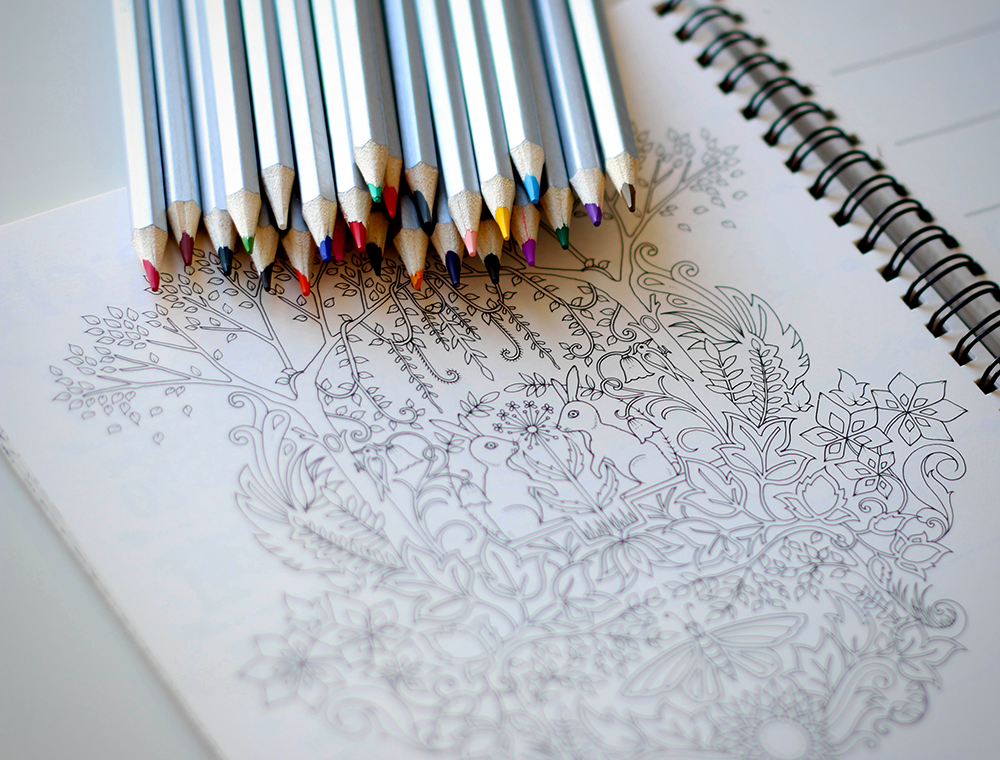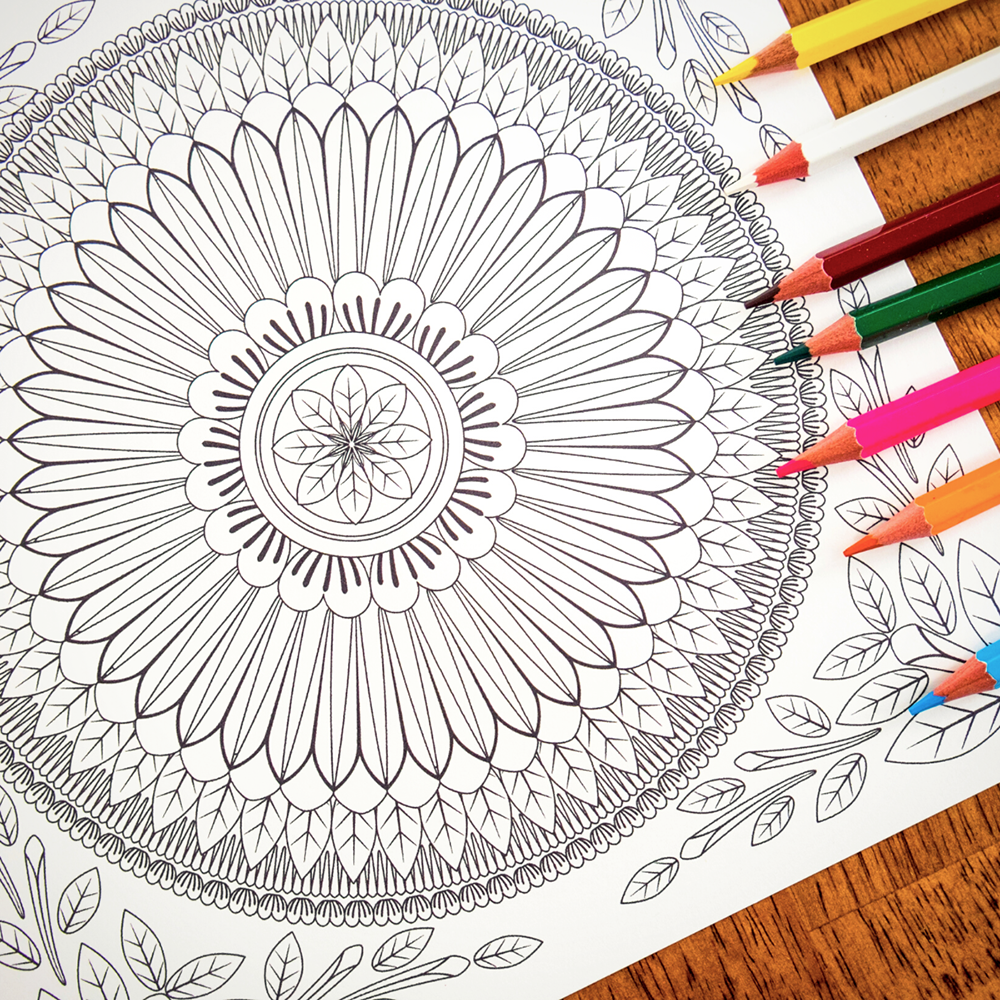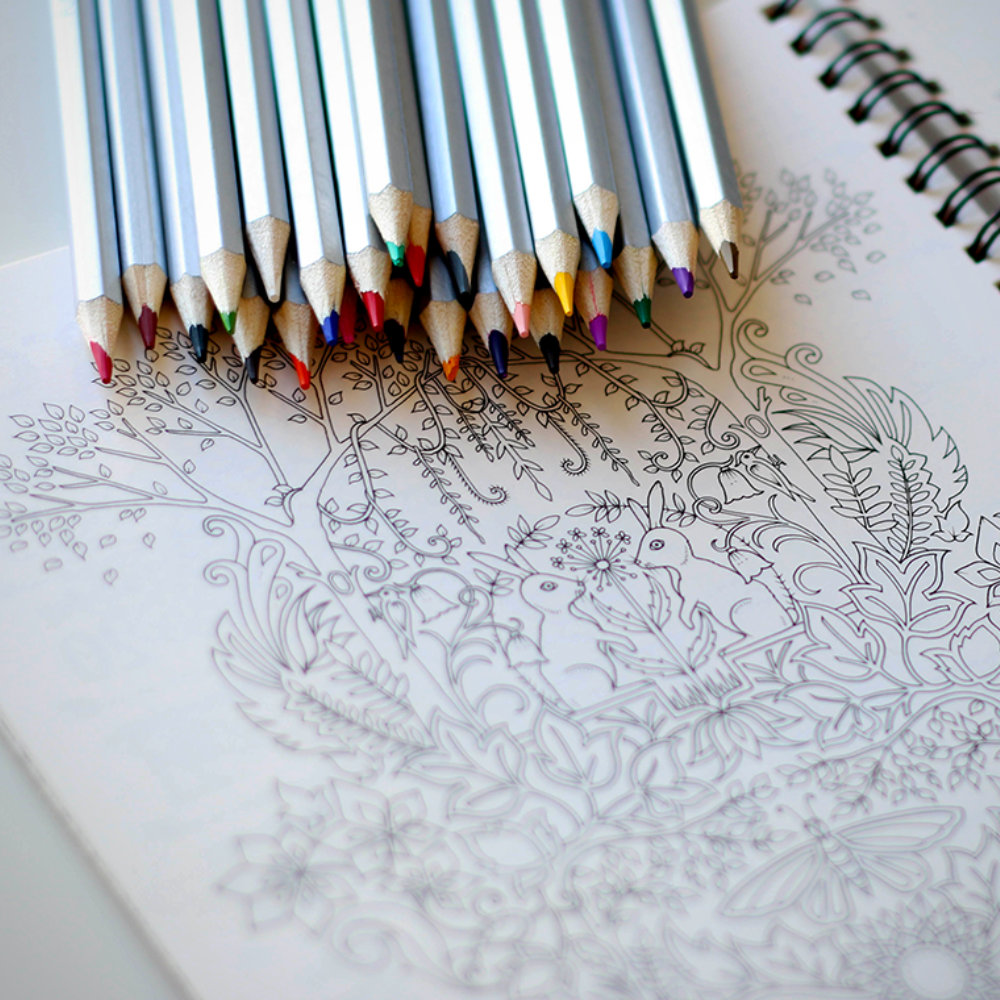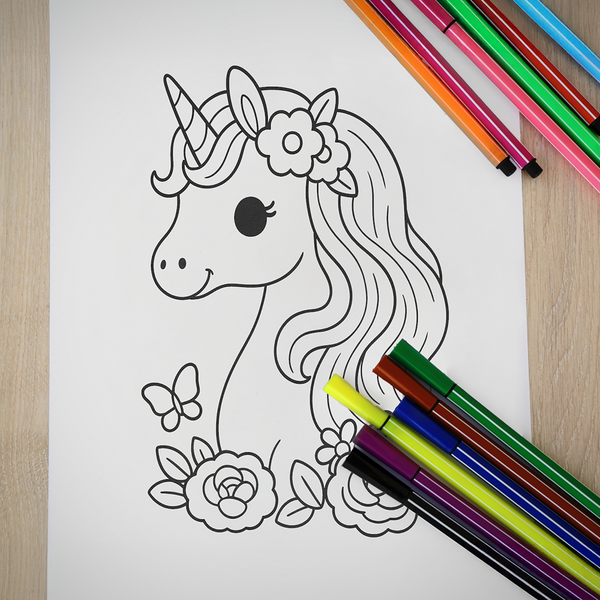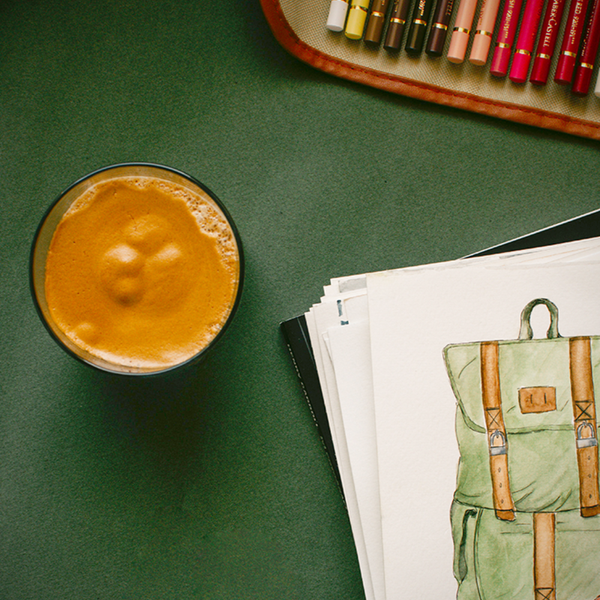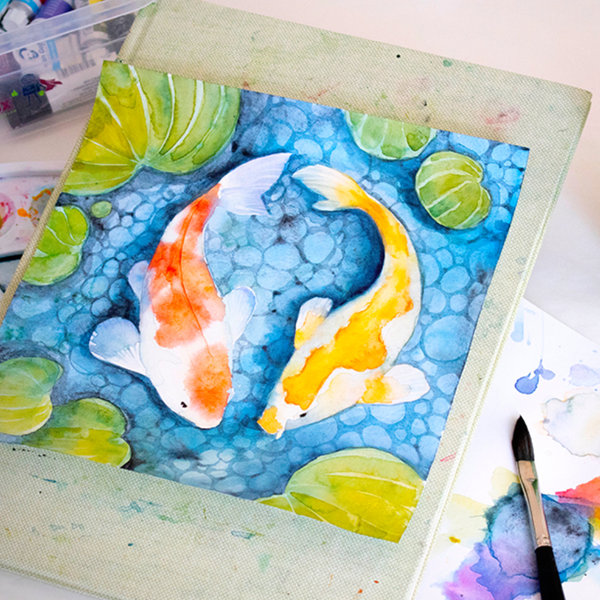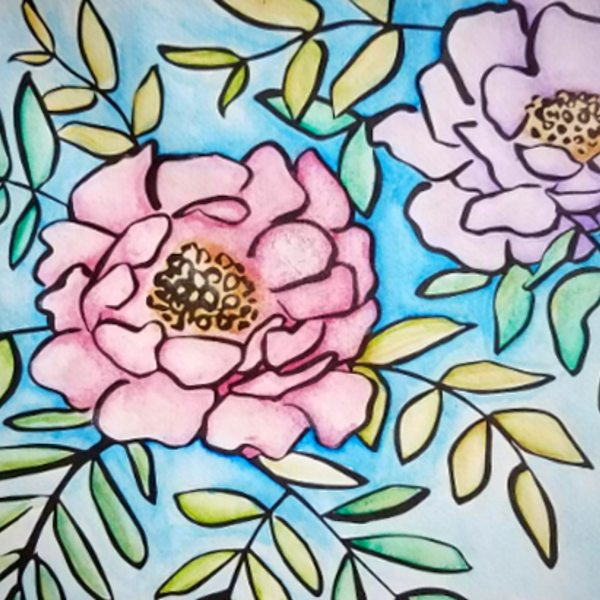Coloring books aren't just for kids anymore; they've blossomed into a beloved pastime for adults seeking a creative escape and a sprinkle of tranquility in their busy lives.
They have surged in popularity among both children and adults, serving as a creative outlet and a form of stress relief.
As a creator or self-publisher, tapping into this colorful trend means knowing the ins and outs of coloring book formats.
It's not just about dazzling illustrations—it's about choosing the right binding, paper, and publishing avenues to make your coloring book a must-have.
In this article, we'll explore the key elements that make a coloring book truly special, and share savvy marketing strategies to help your masterpiece stand out in a vibrant market.
So, are you ready to transform your artistic visions into a coloring book that captivates and inspires?
Whether you're a seasoned illustrator or a budding artist, it's time to turn the page to success.
Dive in with us as we unveil the best formats and insider tips that will elevate your coloring book from good to absolutely irresistible!
Key Takeaways:
- The best format for a coloring book depends on the target audience, the type of binding, and the quality of paper used.
- Saddle stitching and perfect binding are popular choices, with each offering its own advantages.
- High-quality, thick paper is essential for preventing bleed-through, especially for coloring books intended for use with markers or paints.


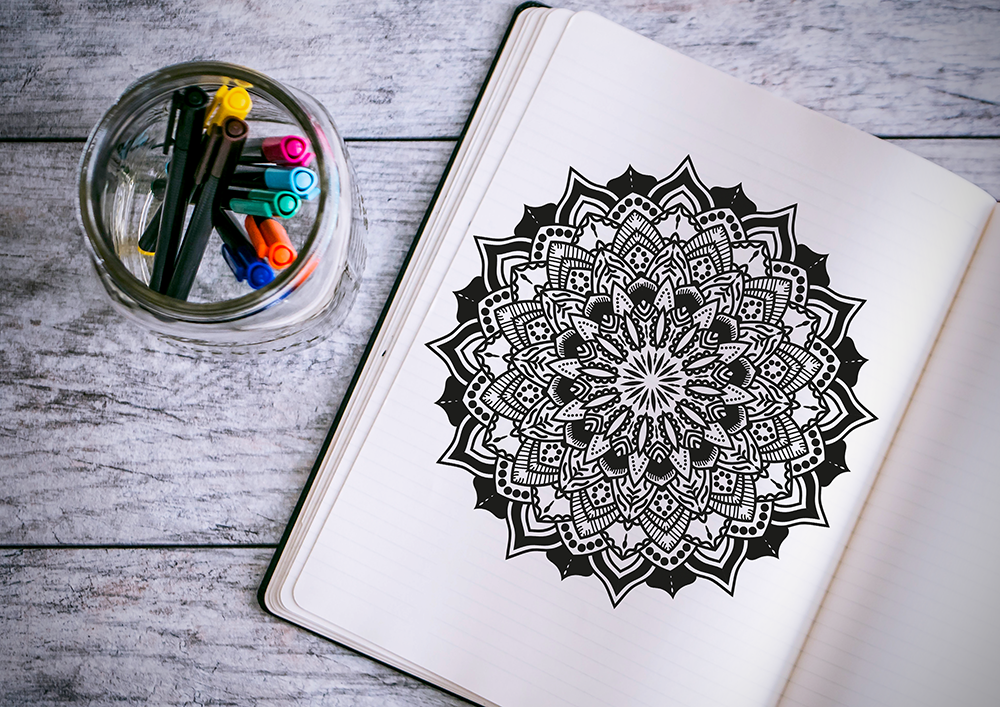
Understanding Your Audience
Before deciding on the format for your coloring book, it's important to understand who you are creating for.
Children's coloring books often feature larger sizes and simpler patterns, while adults may prefer more intricate designs and themes.
Keyword research can help you identify what potential customers are interested in, whether it's fantasy, animals, or challenging patterns.
Keep in mind that the format should enhance the user's experience, making it easy and fun to color.
Choosing the Right Paper
The choice of paper is a critical factor in coloring book production.
It should be thick enough to prevent bleed-through, especially if your audience is likely to use markers or paints.
Additionally, the texture of the paper can affect how different mediums adhere to the page.
For example, smoother paper is generally better for fine-tipped markers, while a slightly rougher texture is ideal for colored pencils.
Binding Options
The binding of your coloring book not only affects its durability but also how it lays flat when open.
Saddle stitching is a cost-effective option for thinner books, allowing them to open fully.
However, for thicker coloring books, perfect binding may be a better choice, as it provides a professional finish and accommodates more pages.
Always consider the ease of use for the end-user; a book that doesn't stay open easily can be frustrating to color in.
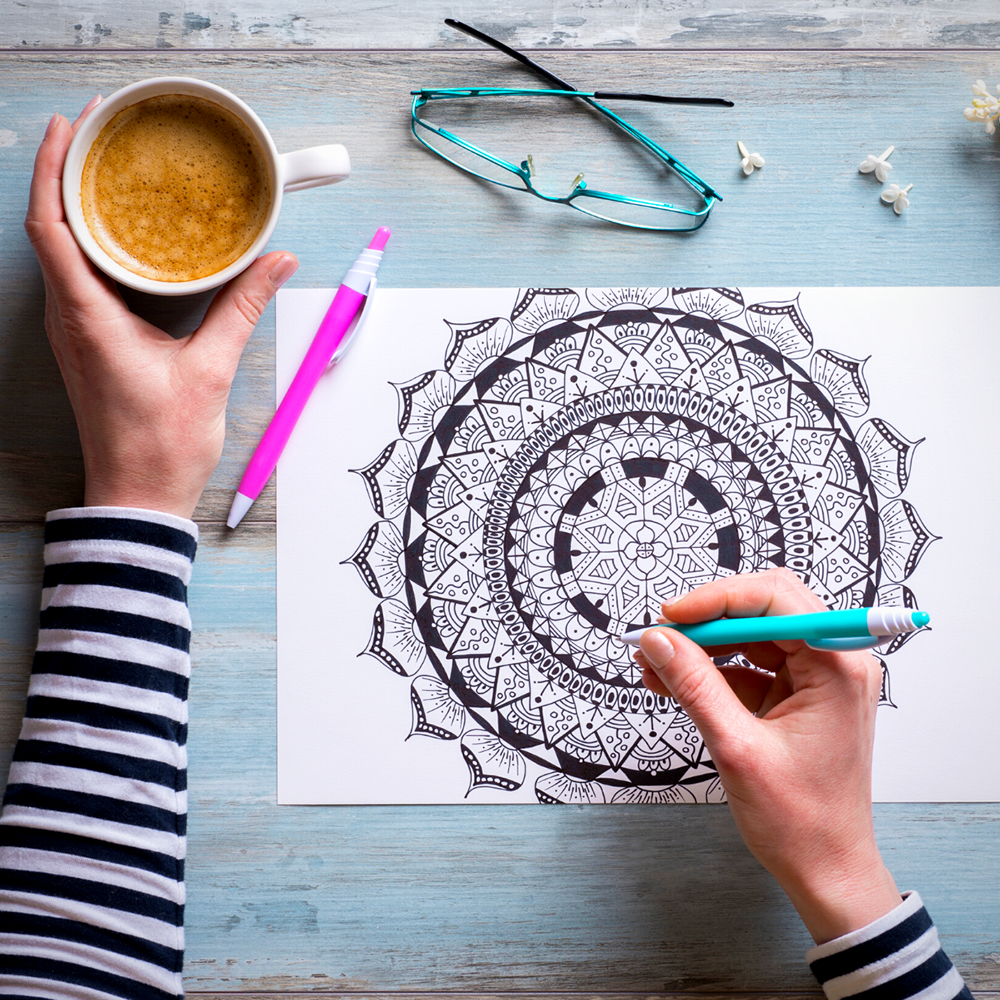

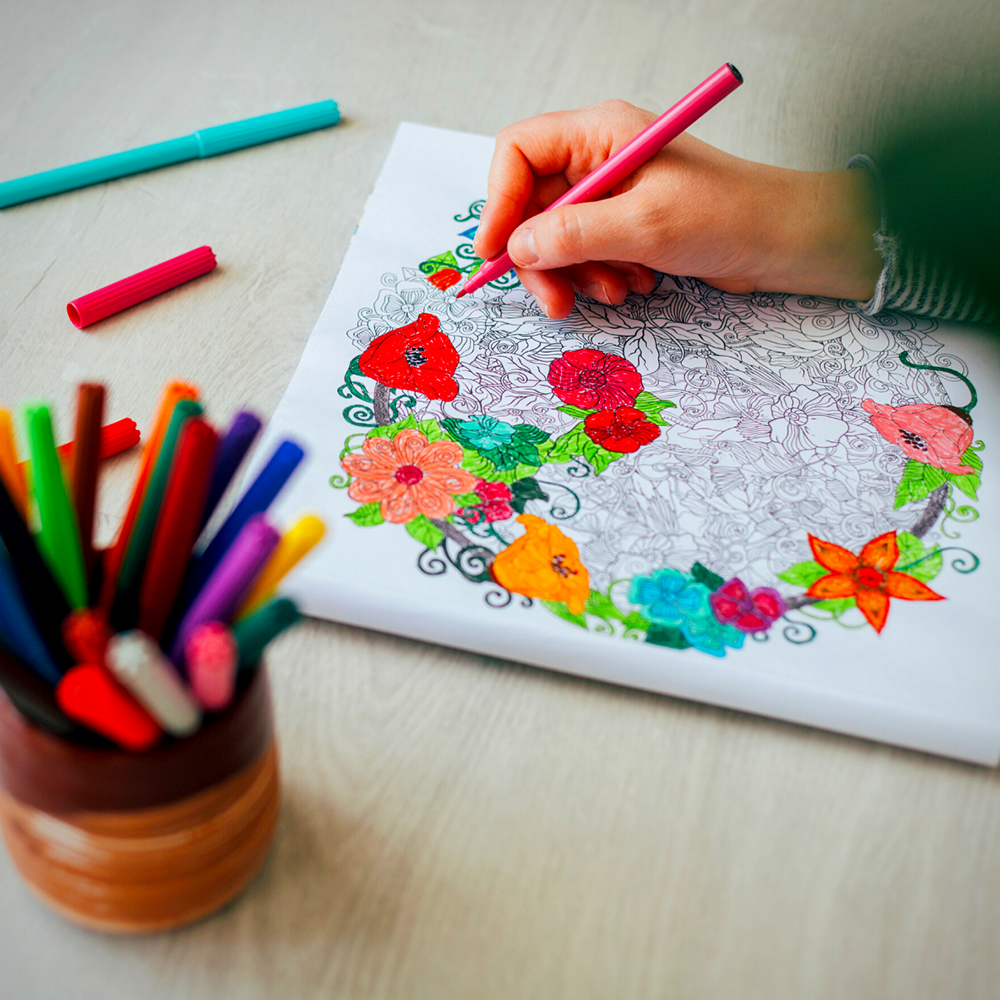
Cover Design Considerations
A compelling cover design is essential for attracting potential buyers.
It should give a clear idea of what to expect inside and include eye-catching artwork that stands out.
The cover is also an opportunity to include branding elements if you're looking to build a recognizable series.
Remember, the cover is often the first thing a customer will see, so make it count.
Digital Tools for Coloring Book Creation
Creating coloring books has been revolutionized by the advent of digital tools.
Artists and self-publishers can now sketch their ideas with precision and ease, using software that caters specifically to the needs of book's production.
The right hand page in a coloring book, often the most visible upon opening, can be meticulously designed with these tools, ensuring that the theme and art are presented in the most engaging way.
Digital platforms also offer the flexibility to experiment with different layouts and styles, which can be particularly useful when incorporating photographs or intricate designs.
Moreover, these digital tools often come with a quick guide or tutorials, making the transition from traditional drawing to digital creation smoother for artists.
This shift not only streamlines the process of creating coloring books but also opens up a plethora of possibilities in terms of design and complexity.
Whether it's a simple sketch or a detailed artwork, the precision and versatility provided by digital software can significantly enhance the final printed product, offering a richer experience to the end-user.
Formatting and Layout
When formatting your coloring book, decide whether to print on both sides of the paper or just one side.
Printing on one side can prevent bleed-through issues and allows for the removal of pages without sacrificing an image on the back.
Ensure that the images are centered and that there's enough margin to avoid binding encroachment.
For a professional look, consider leaving a blank page at the beginning and end of the book.
Design Options and Themes
The themes and designs of your coloring pages should align with your target audience's interests.
For children, consider animals, family-friendly characters, or simple patterns.
Adults may be interested in more detailed and challenging designs.
Designers should create artwork that is clear and has the right level of detail for the intended audience.
Themes can range from abstract patterns to scenes and objects, offering variety and appeal.
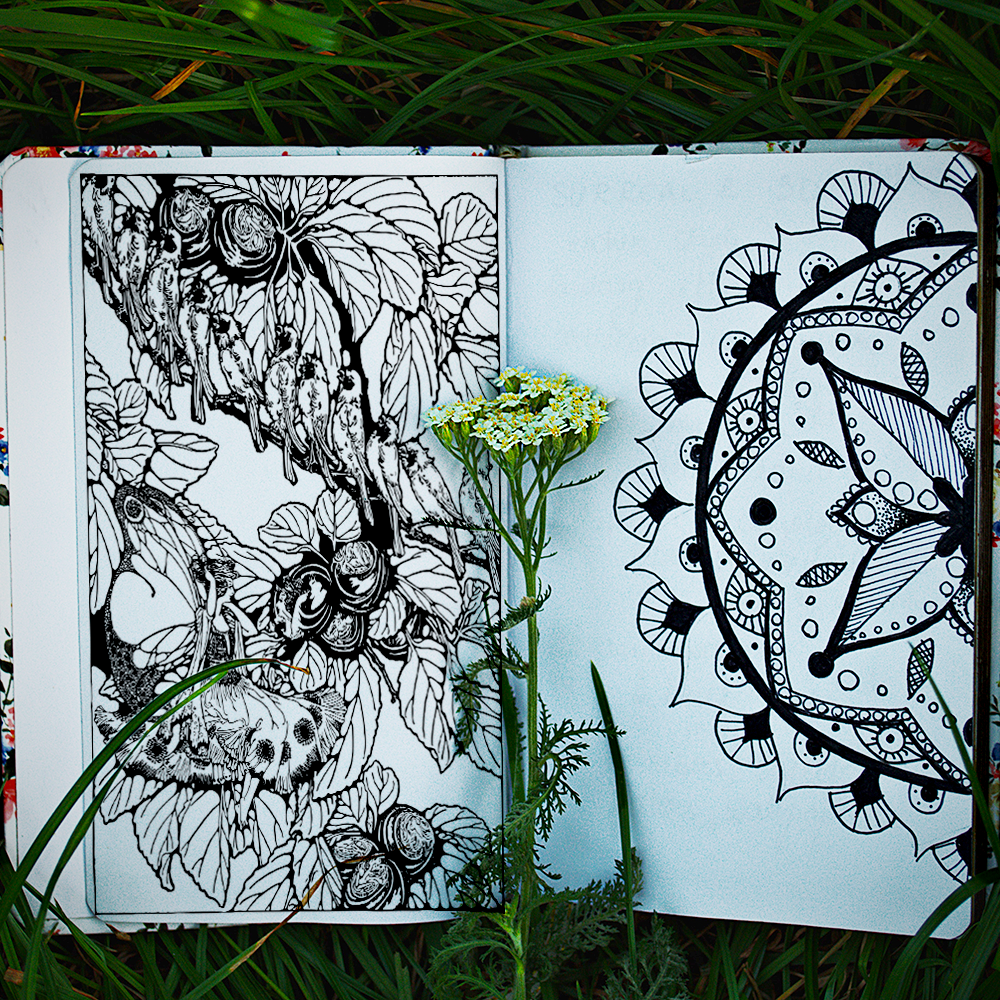
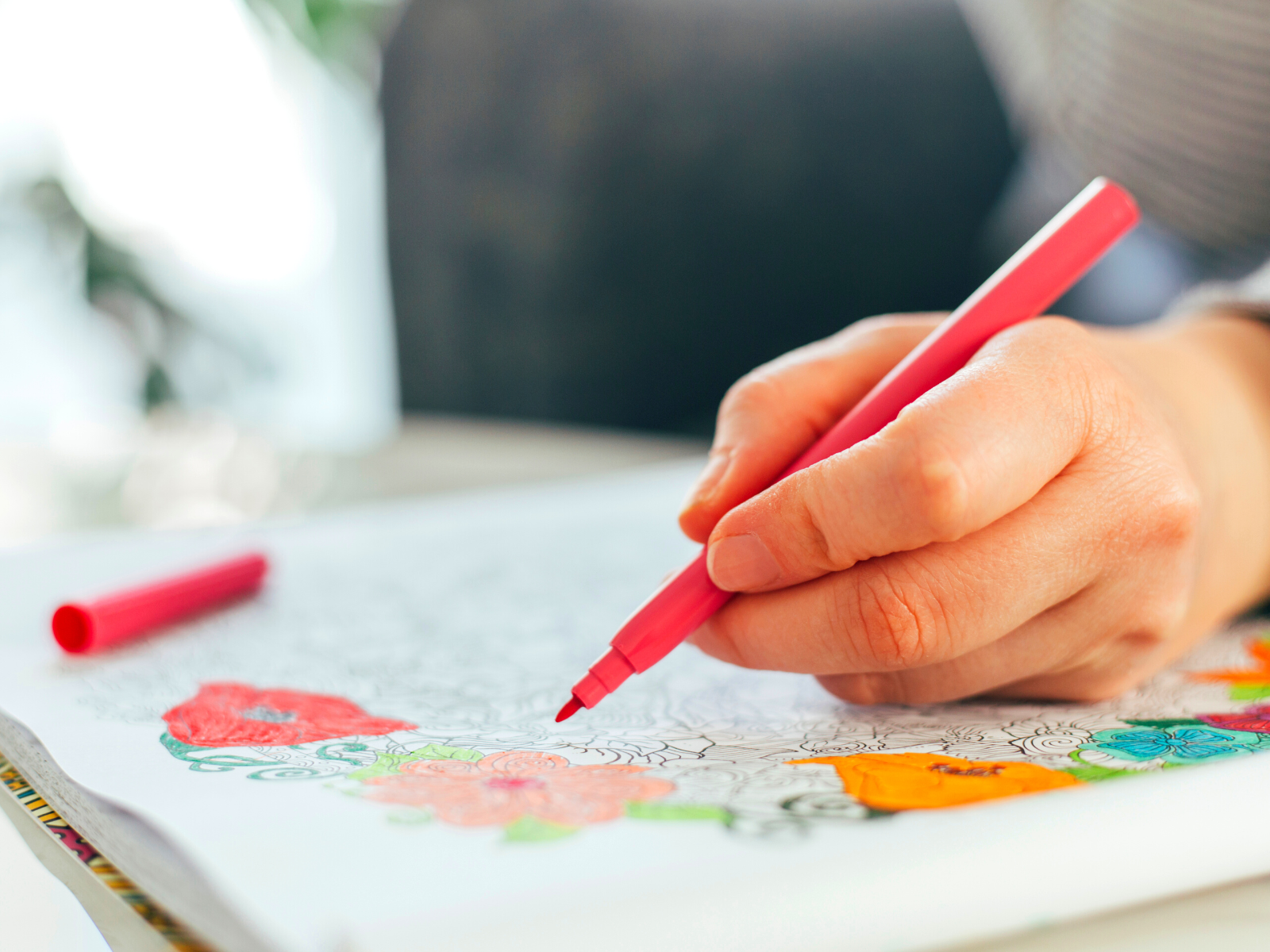
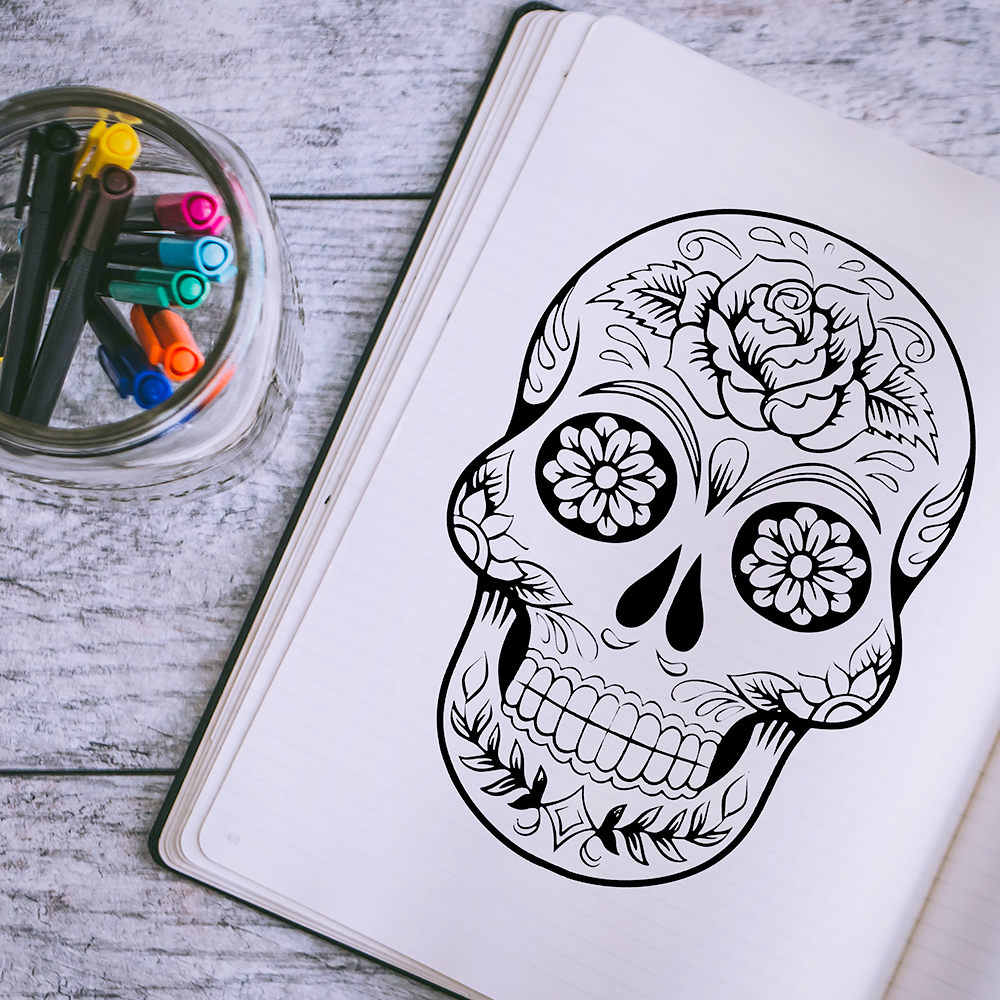
Production and Printing
Once your design is ready, it's time to convert your files into the correct format for printing.
Most printers will require high-resolution PDF files.
Ensure that all images are properly aligned and that the colors are set to CMYK for accurate printing.
If you're self-publishing through platforms like Amazon KDP, follow their guidelines carefully to avoid any issues with the upload process.
Legal Considerations in Coloring Book Publishing
When self-publishing coloring books, it's crucial to take into account the legal aspects to avoid any potential pitfalls.
Copyright laws must be respected, especially if you're drawing inspiration from existing art or photographs.
It's important to note that not every image available on the internet is free to use; hence, a thorough check or obtaining proper licenses is necessary.
This due diligence ensures that the published work does not infringe on the rights of other creators, which could lead to legal disputes or the need to recall printed copies.
In addition, when creating coloring books, it's essential to provide a clear copyright notice and terms of use within the book.
This not only protects your own artwork but also informs users about how they can utilize the book.
For instance, whether the pages can be photocopied for personal use or if they're strictly for individual enjoyment.
Addressing these questions upfront can prevent misunderstandings and establish a professional rapport with your audience.
Always seek legal advice if in doubt, as a single wrong move could compromise the integrity of your self-publishing venture.
Marketing Tips for Success
Effective marketing is key to selling your coloring book.
Create a blog post or a series of posts to generate interest and showcase your designs.
Utilize social media to reach a wider audience and consider partnering with influencers who can help promote your book.
Additionally, offering a digital preview of some coloring pages can entice customers to purchase the full book.
Color Your Way to Success with Formatting
The journey to creating a coloring book that resonates with enthusiasts is much like a meticulous work of art itself.
It's the thoughtful blend of format, paper excellence, sturdy binding, and an alluring cover, paired with strategic marketing, that will set your creation apart.
Keep your audience's desires at the heart of your project, and commit to quality and practicality.
This approach will not only satisfy the coloring community but also position your coloring book as a standout gem in a kaleidoscope of options.
Now, armed with these insights, it's time to bring your vibrant vision to life and watch as colorists everywhere reach for your book, eager to fill its pages with their palette of colors!

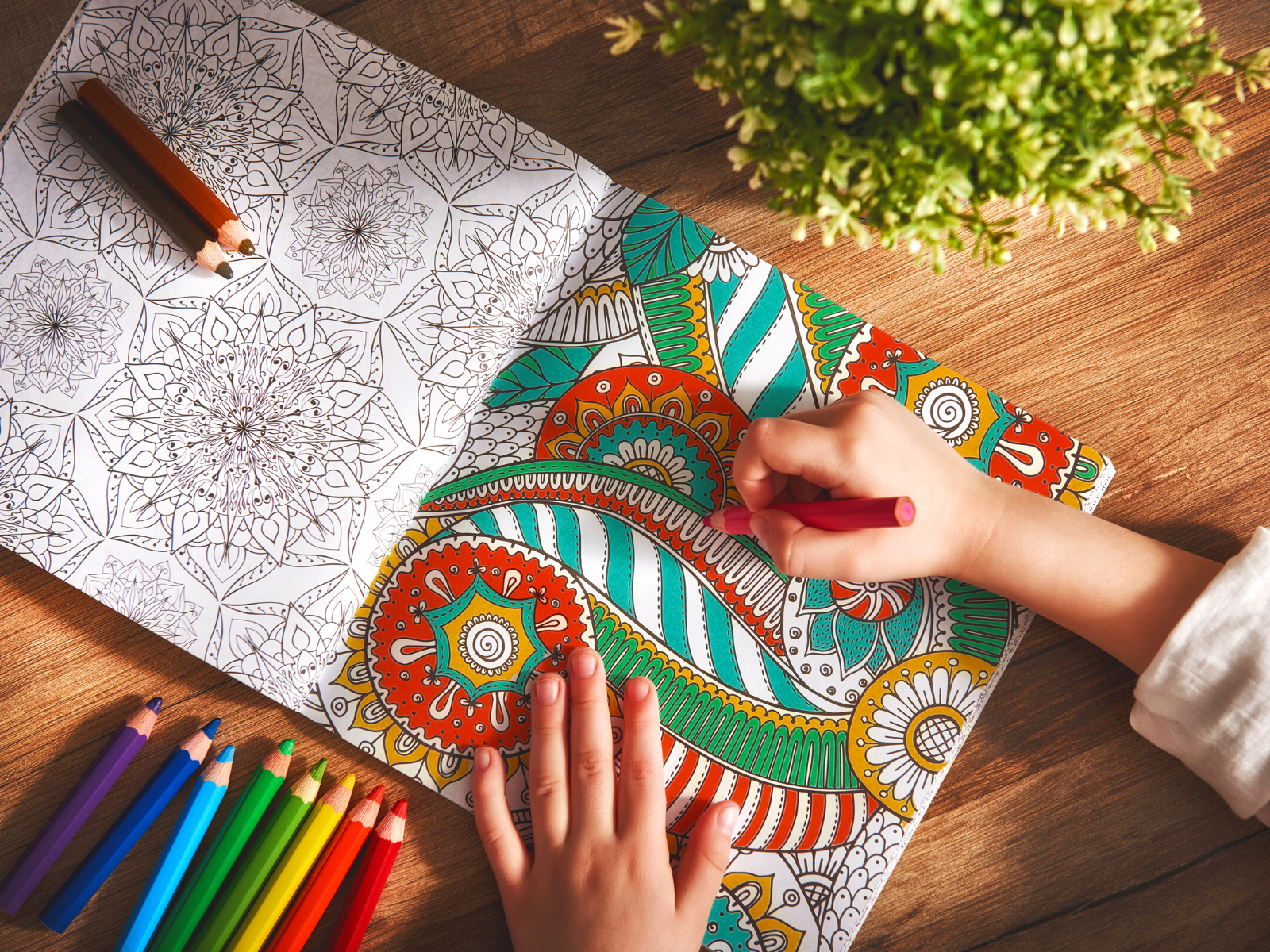
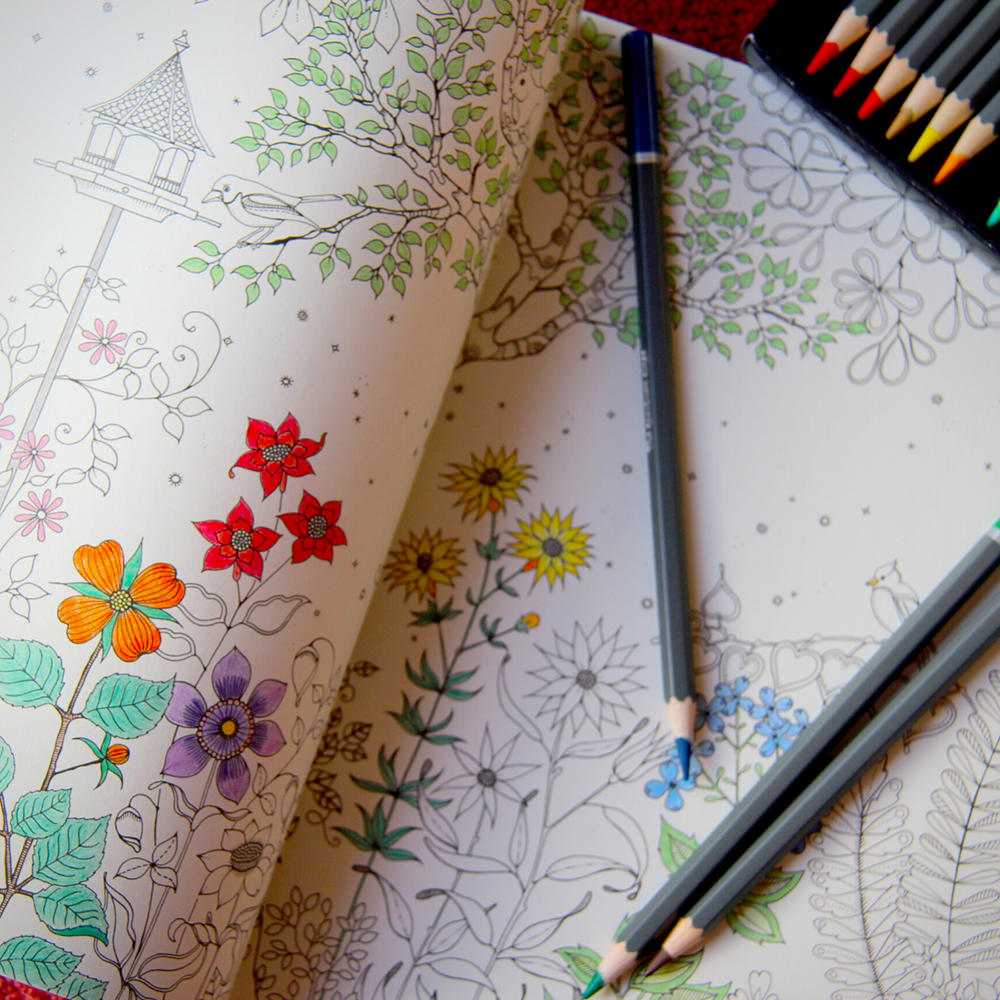
Coloring Book FAQs
Embarking on the journey of creating a coloring book is an exciting endeavor that combines artistry with the joy of bringing color to life.
Whether you're an illustrator, a self-publisher, or simply a coloring enthusiast, you're bound to have questions about crafting the perfect coloring book.
From the tactile feel of the paper to the durability of the binding, every detail contributes to the coloring experience.
And with the rise of platforms like Amazon KDP, sharing your work with the world has never been easier.
Let's dive into some of the most frequently asked questions about coloring books to help you make informed decisions and turn your vibrant visions into a tangible reality.
What is the best type of binding for a coloring book?
The best type of binding depends on the number of pages and your audience's preferences. Saddle stitching is suitable for thinner books and allows them to lay flat, while perfect binding is better for thicker books and provides a professional look.
How do I choose the right paper for my coloring book?
Opt for high-quality, thick paper that prevents bleed-through, especially if your coloring book is intended for markers or paints. Consider the texture based on the coloring mediums your audience will use.
Can I sell my coloring book on Amazon KDP?
Yes, you can sell your coloring book on Amazon KDP. Make sure to follow their guidelines for formatting and uploading your files to ensure a smooth publishing process.

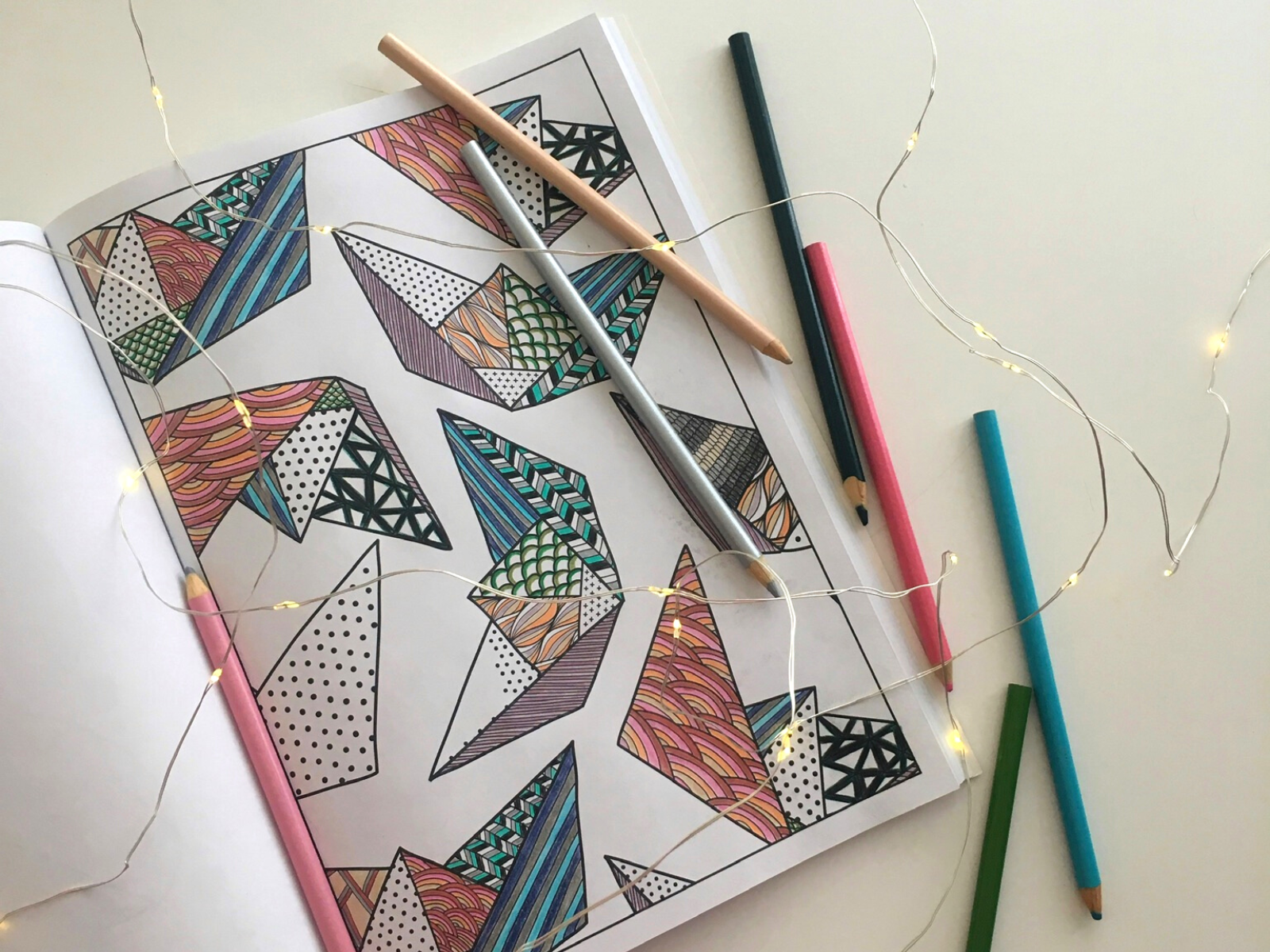
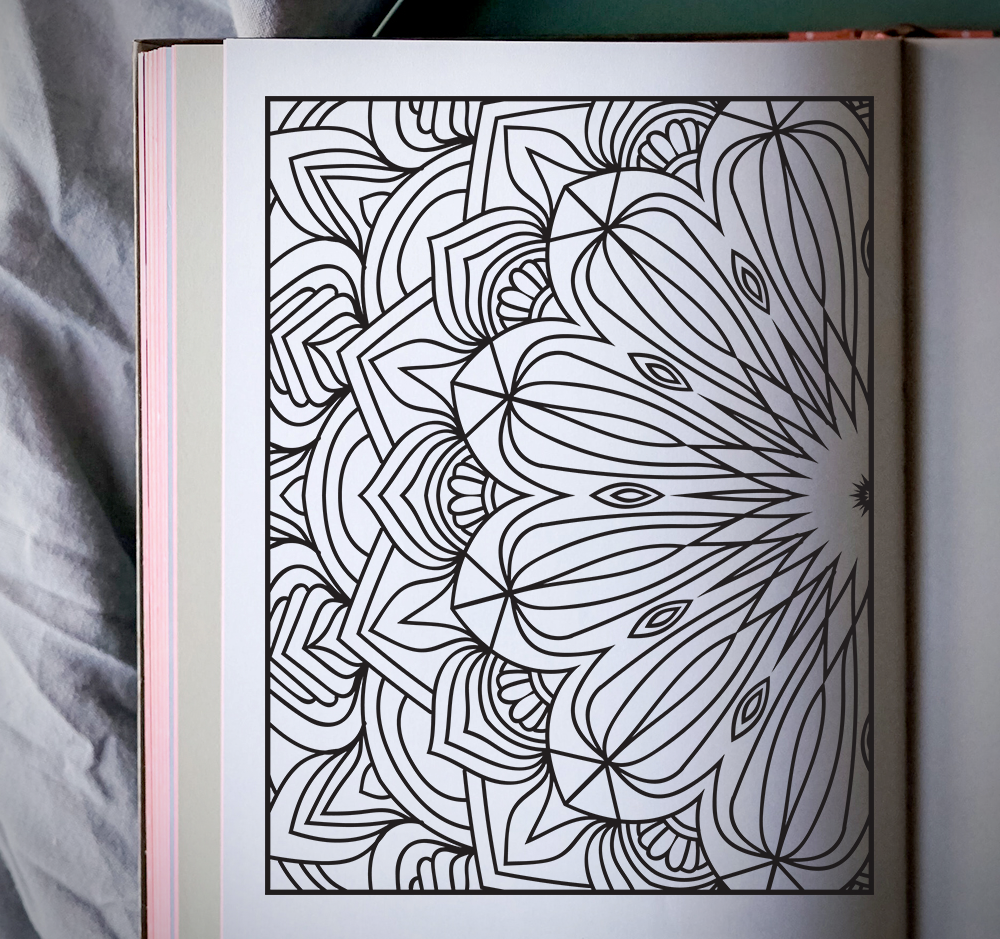
Eager to learn more about formatting coloring books? Check out Latoya Nicole Official's video!
Want even more content about creativity and art?
Be sure to check out all of our creative chronicles!
Love coloring books and want to find your next favorite?
Check out some of our other articles:
